Reheating food is a common practice, but some ingredients can lose their flavor, texture, or even become harmful when reheated. Understanding what not to reheat can save you from potential health risks and disappointing meals.
Here are ten surprising ingredients you should never reheat and why they’re better left as-is.
1. Eggs

Reheating eggs, whether scrambled, boiled, or fried, can alter their texture and taste significantly. Worse, it can also lead to the formation of harmful compounds that may upset your stomach. If you’ve cooked more eggs than you need, consider eating them cold or incorporating them into another dish without reheating.
Reheating eggs in the microwave is particularly risky, as it can create rubbery textures and uneven heating.
2. Chicken
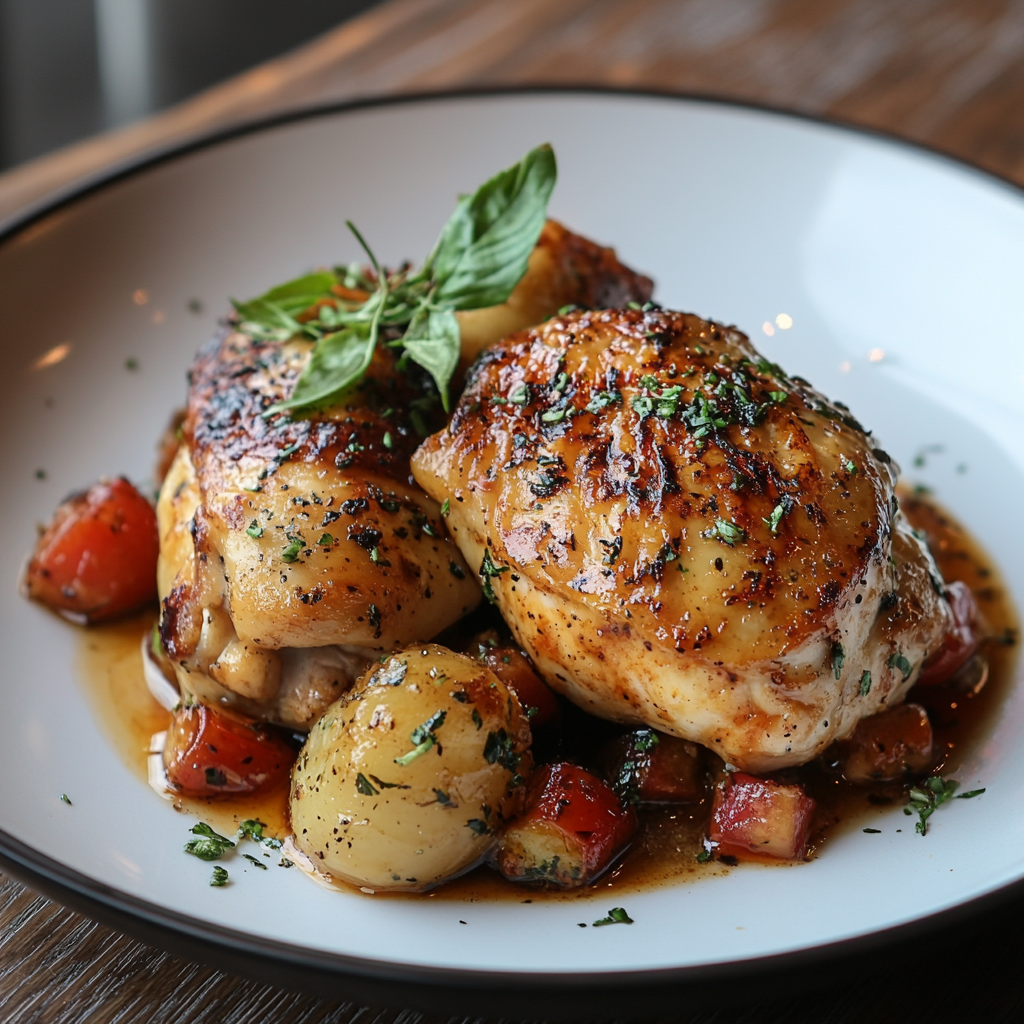
Chicken is a protein-rich ingredient that doesn’t take well to reheating. Reheating can cause the proteins to break down further, resulting in an unappetizing texture and potential food safety concerns.
If improperly stored or reheated unevenly, chicken can harbor harmful bacteria like salmonella. Instead of reheating, consider enjoying leftover chicken cold in a salad or sandwich.
3. Rice
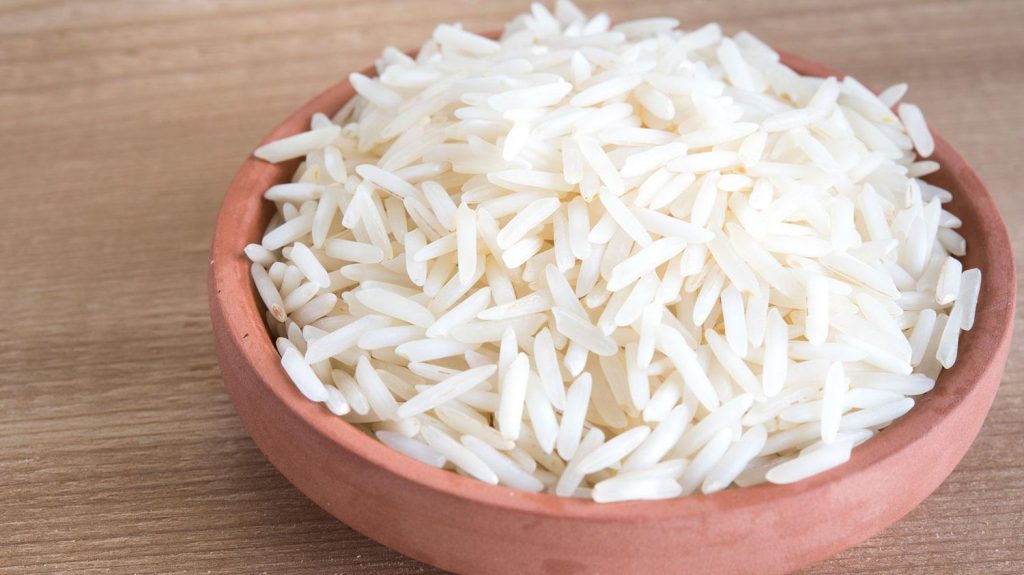
Cooked rice may seem harmless, but it can develop harmful bacteria, such as Bacillus cereus, if left at room temperature too long. Reheating rice doesn’t always kill these bacteria, which can cause food poisoning.
To avoid this, refrigerate rice promptly after cooking and consume it cold or repurpose it into fried rice, which heats evenly and thoroughly.
4. Potatoes
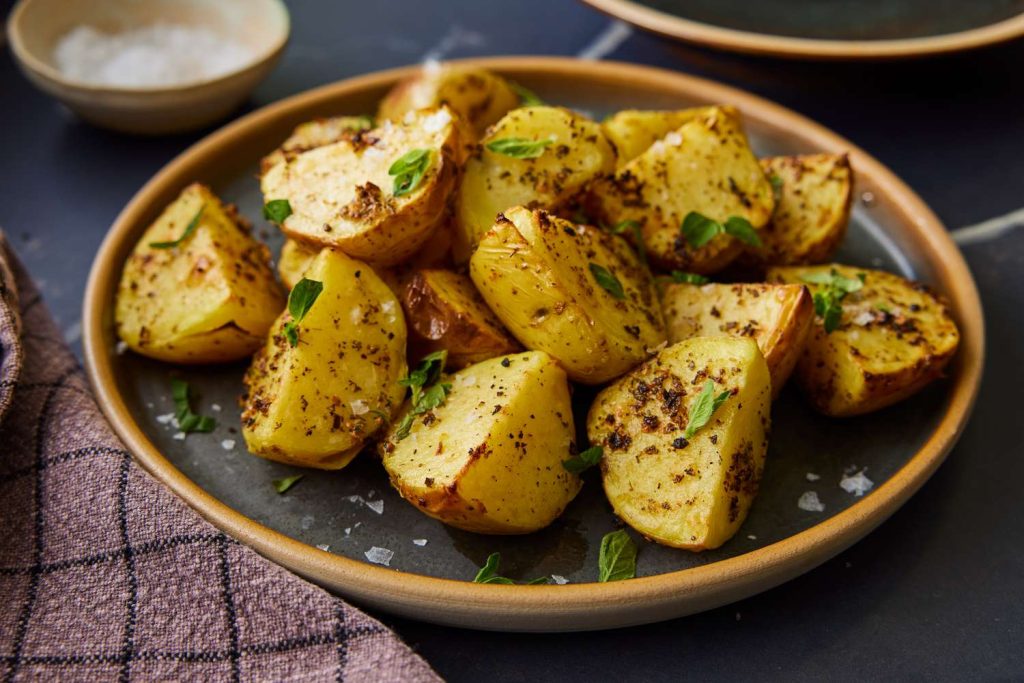
Potatoes, particularly when boiled or mashed, can become a breeding ground for Clostridium botulinum bacteria if stored improperly. Reheating doesn’t always eliminate these toxins, and it can also degrade the texture and flavor of the potatoes.
To enjoy leftover potatoes safely, keep them refrigerated and consider eating them cold in a salad or repurposing them into a different dish.
5. Spinach
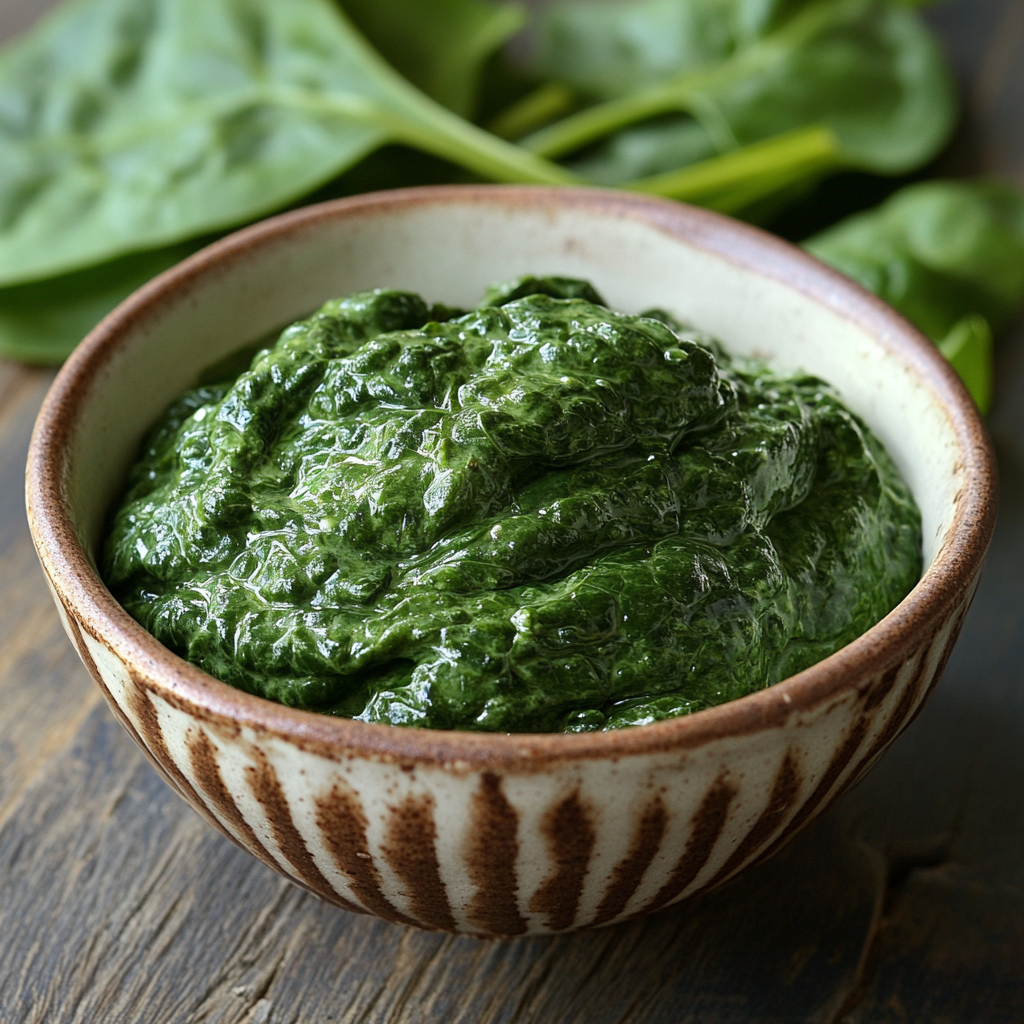
Spinach contains nitrates, which can convert into harmful nitrites and even carcinogenic compounds when reheated. This is particularly concerning when reheating spinach in the microwave.
Instead, enjoy leftover spinach cold as a topping for salads or sandwiches. Cooking it fresh each time is the safest option if you prefer it warm.
6. Mushrooms
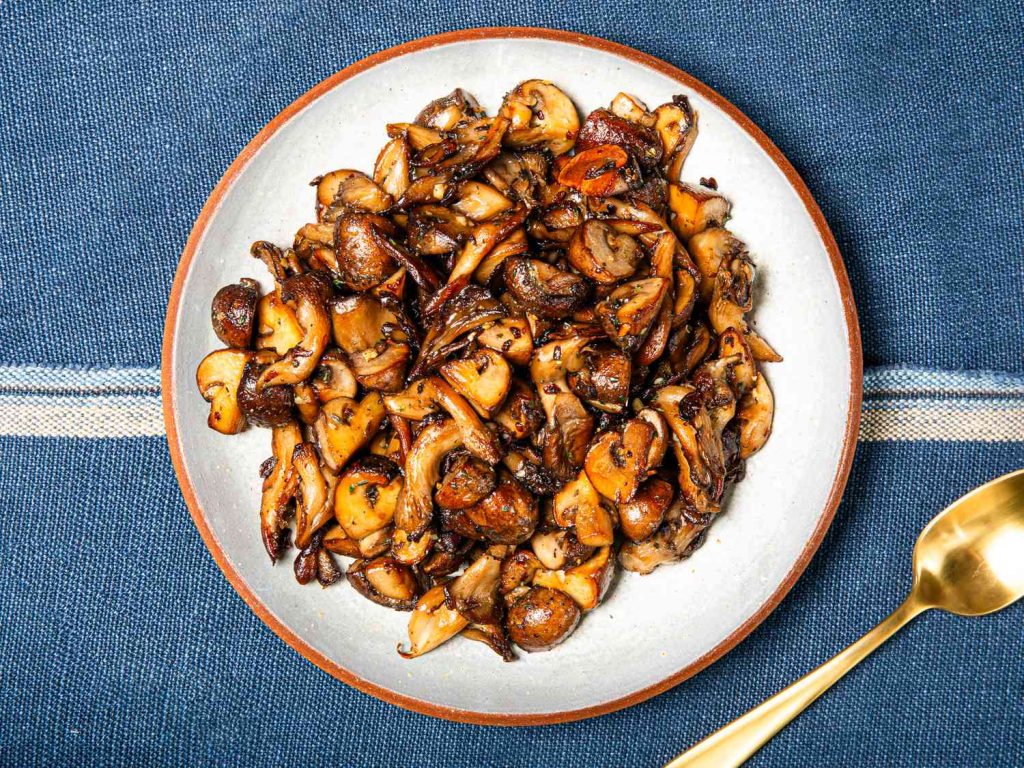
Mushrooms are delicate and highly perishable, making them unsuitable for reheating. The proteins in mushrooms can break down quickly, leading to digestive issues and loss of flavor.
If you have leftover cooked mushrooms, eat them cold in a salad or incorporate them into a fresh dish without reheating. Proper storage is key to avoiding spoilage.
7. Seafood
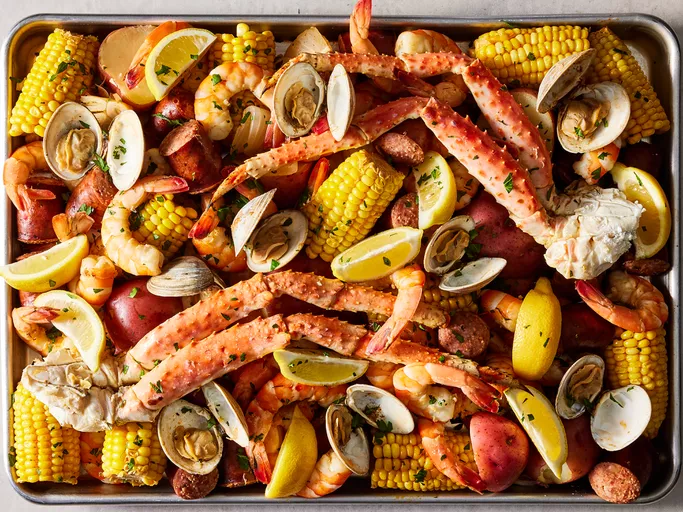
Reheating seafood, such as fish or shellfish, can cause it to become rubbery and lose its delicate flavor. Additionally, seafood is highly perishable, and improper reheating can lead to bacterial growth.
If you have leftover seafood, consider eating it cold or repurposing it into a new dish, like a seafood salad. For the best results, consume seafood shortly after cooking.
8. Beets
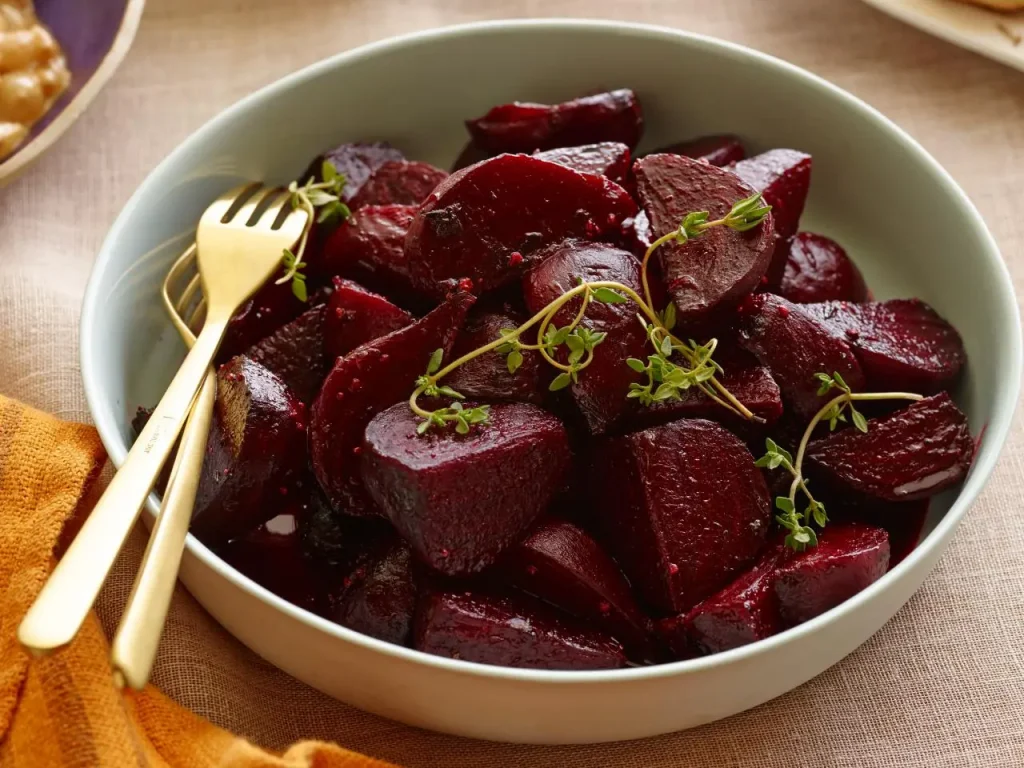
Beets, like spinach, contain nitrates that can transform into harmful nitrites when reheated. While they’re packed with nutrients, reheating them may compromise their health benefits and flavor.
Cold beets make an excellent addition to salads or can be enjoyed as a chilled side dish. If you need them warm, cook a fresh batch instead.
9. Oil-Based Foods
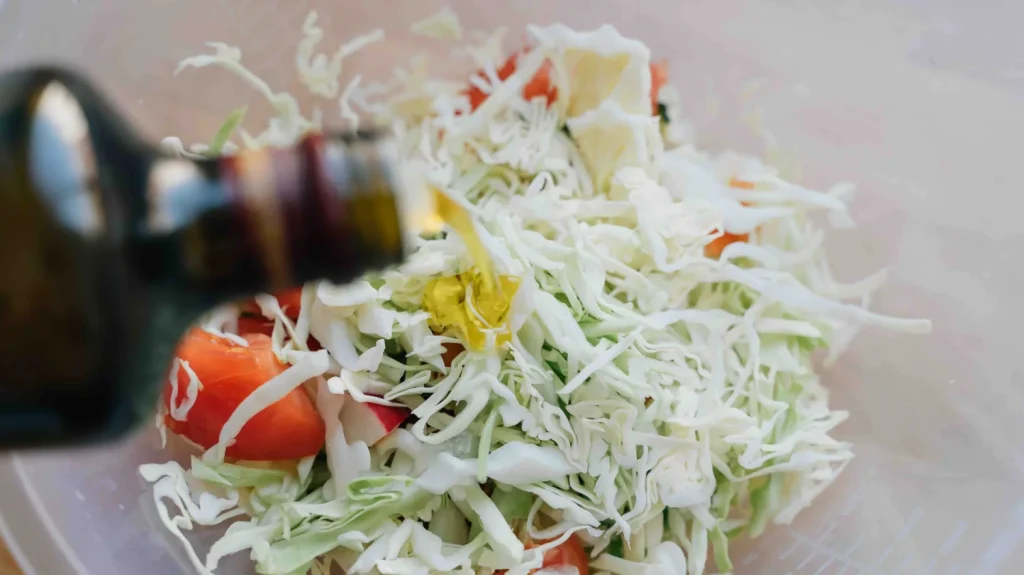
Foods cooked with oils, such as fried or sautéed dishes, can develop harmful compounds when reheated. Reheating oil at high temperatures can cause it to break down and release free radicals, which are harmful to your health.
Instead of reheating, enjoy these dishes cold or at room temperature. If necessary, use a gentle reheating method to minimize the risk.
10. Dairy Sauces
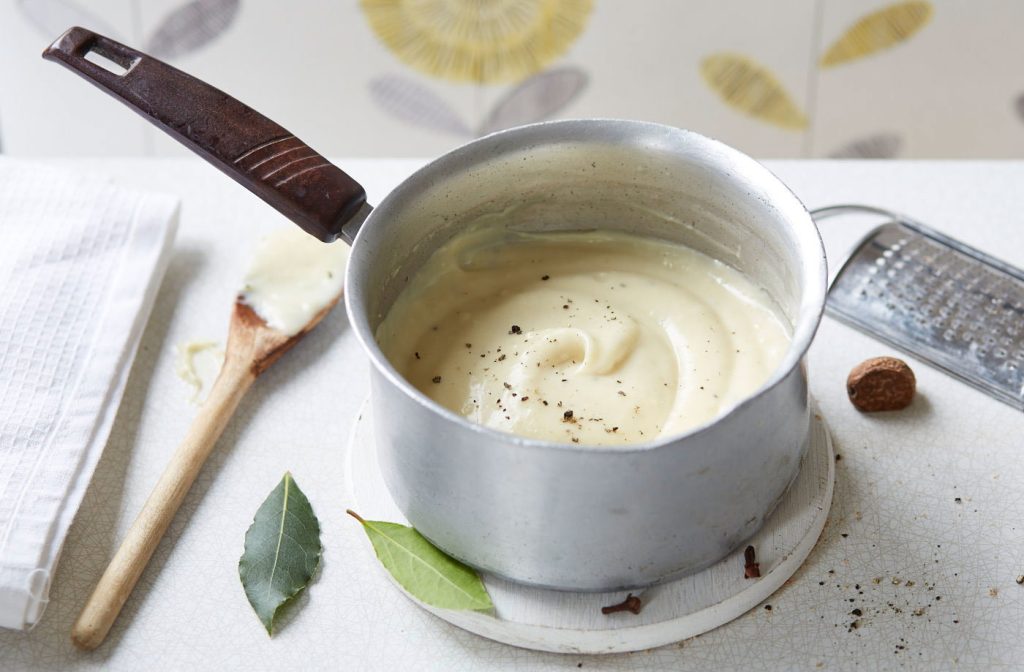
Cream-based or cheese-heavy sauces, such as Alfredo or cheese dips, tend to separate and curdle when reheated. This not only ruins their texture but can also make them less appetizing.
If you’ve made too much, store leftovers properly and use them cold as a spread or dip. For warm dishes, prepare a fresh batch for the best taste and consistency.
Avoiding reheating these ingredients can help preserve their flavor and nutritional value while keeping you safe from potential foodborne illnesses. Next time you have leftovers, consider alternative ways to enjoy them without reheating.
Leave a comment